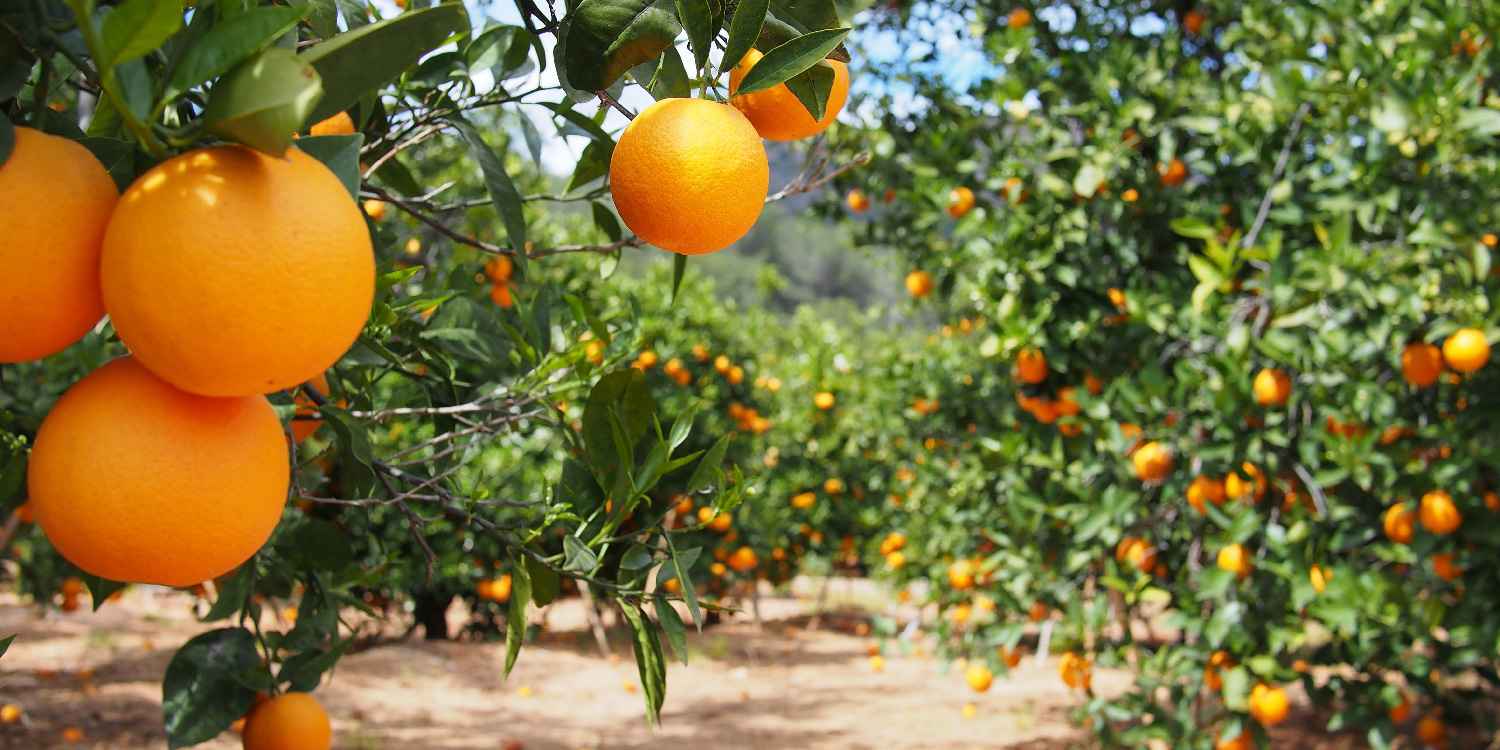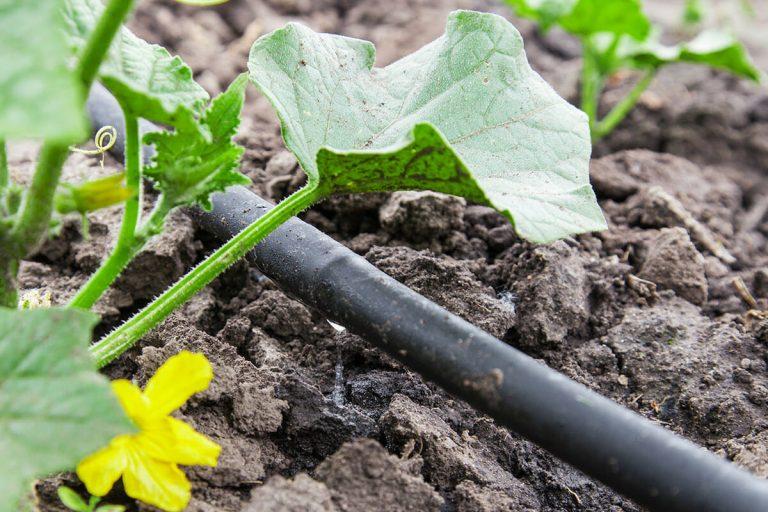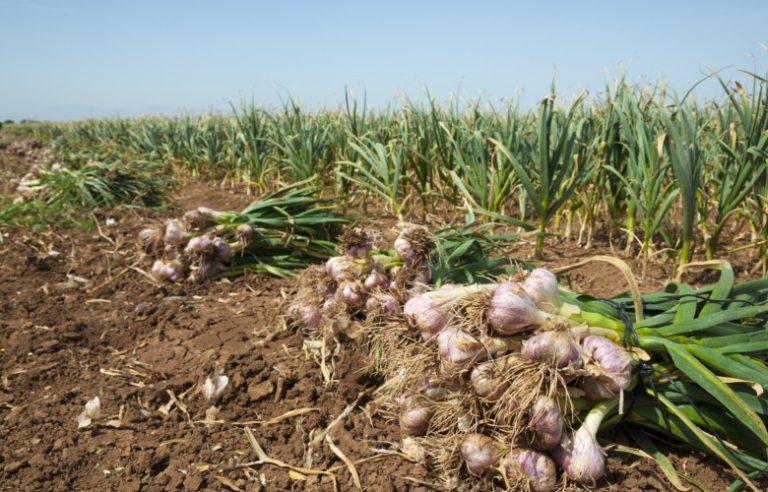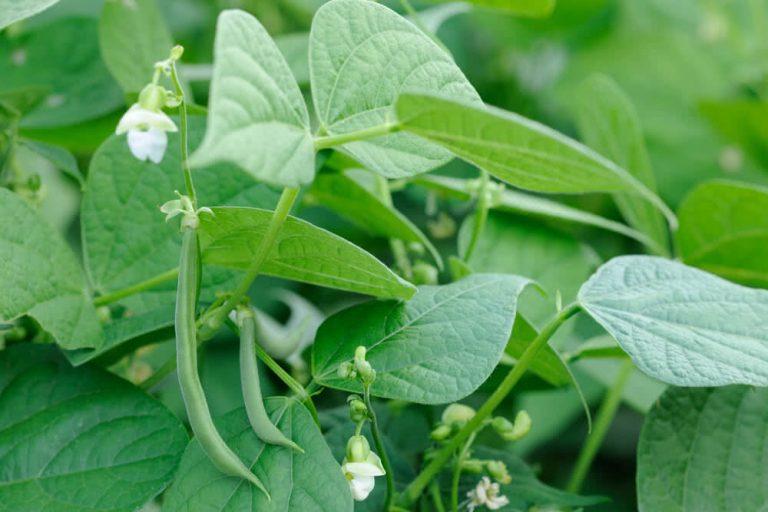How to start sweet orange farming
The orange, commonly known as the sweet orange is one of the most common fruits in the world. It comes from the species of citrus (citrus Sinensis) and is from the Rutaceae family. The name sweet orange is used to differentiate it from the bitter orange (citrus Aurantium).
Orange farming has been done over the centuries in North-Eastern India and China. Orange tree cultivation in Europe, Central America, and South America started in the 13th century.
In modern times, the sweet orange is farmed on a small scale where it is intercropped with other crops or in large scale orange orchards or orange groves.
The largest producers of the sweet orange are Brazil, the USA, Indonesia, Turkey, and India.
The orange tree, a crossbreed between the mandarin and pomelo, belongs to the citrus family. It is a modified berry, with sectioned pulp inside a separable rind or peel. The peel is developed when the ovary walls thicken. Evergreen and flowering in nature, the orange tree grows to 9 to 10 metres in height. The leaves of the orange tree are arranged in an alternative pattern and oval in shape.
The orange fruit is oblong or spherical in shape, with white bitter tissue under the rind. Ripe oranges are green in color and turn bright orange or yellow when they ripen.
Categories of the sweet orange
- Acidless oranges
With very little acid, acidless oranges have less flavor compared to other oranges. They have a low shelf life due to the low amounts of acid. Acids protect oranges against speedy decay. Acidless oranges are fit only for consumption and not for juicing. They are also not fit for export since they spoil fast.
- Navel oranges
Navel oranges have a second fruit at the apex resembling a human navel. They are as a result of a mutation that caused the second fruit to at the base, within the peel of the first orange. The mutation left the navel oranges seedless, hence the only way of propagation has been through cuttings and grafting.
Navel oranges are grown primarily for eating as their bitterness, due to high concentrations of limonins make them unsuitable for juicing.
The navel orange popularity is due to its long fruiting season. In the USA, the season starts in November all the way to April. Production peaks in January, February, and March
Navel oranges are the most common oranges in retail.
Further mutations have led to more varieties of the navel oranges. These are
- Cara Cara Navels (Red Navels) – mainly grown in Venezuela, California and South Africa, they are sweet, low acid oranges, that have pinkish-red flesh.
- Gahianinha or Bahia Navels
- Late Navels
- Washington or California navel
- Blood or Pigmented oranges
Blood oranges, characterized by their deep red flesh, rind, and juice are categorized into two types, the deep blood orange, and the light blood orange. The deep blood orange consists of the Tarocco, Scarlet Navel, Sanguinelli, Moro and Maltese.
Blood oranges get their pigment from the high amounts of anthocyanin. They are commonly used in juices and marmalades.
- Common oranges
Common oranges also knowns as white orange, blond orange or round oranges are majorly grown for juice extraction and make up for about 67% of all oranges produced. There are many varieties under this category, but the most common are:-
- Hamlin – Small round juicy fruit, with pale yellow juice. The fruits are seedless or contain a small number of seeds.
- Valencia – A late-season fruit, making it popular when navel oranges are out of season.
- Hart’s Tardiff Valencia
- Hybrids
Sweet oranges have been bred to produce hybrid citrus fruits, with the most common being the grapefruit which is a backcross of the sweet orange and pomelo
Groups in the Citrus Family.
Other groups of fruits in the citrus family include:-
- Mandarins and Tangerines
- Bitter Orange
- Bergamot
- Trifoliate
History of the orange tree
The earliest mention of the sweet orange can be found in Chinese literature in 314 BC. It was introduced in Spain by the moors, where large scale orchards were set up in the 10th century. Italian and Portuguese trades introduced the orange to the Mediterranean in the 15th century. It was a luxury, grown only by the rich.
The sweet orange was introduced to the Americas by Spanish merchants.
Research in 1987 identified the sweet orange as the most planted tree in the world. According to Wikipedia, sweet orange accounted for 70% of all the citrus production in the world.
The Nature of the sweet orange fruit
The orange fruit is sweet, but the taste varies based on the sugar-acid ratio in orange fruit. Lower sugar to acid ratio leads to sweeter oranges. Generally, the common ratios are 15:1 or 10:1.
Every 100 grams of the sweet orange contains 64% vitamin C. The sweet orange fruit also contains:-
- Water
- Calcium, magnesium, manganese, phosphorus, zinc, potassium and iron
- Vitamin A, Vitamin B, Vitamin C, and Vitamin E,
- Fats
- Protein
- Flavonoids (Naringenin)
- Beta carotene, lutein, and beta-cryptoxanthin
- Ketones, Alchohol, terpenes, esters, and aldehydes.
We will be updating this article to include:-
- Benefits of the sweet orange
- Varieties/cultivars of the sweet orange
- Climatic Conditions for sweet orange farming
- Soil Preparation for sweet orange farming
- Location / Land selection for sweet orange farming
- Plant density and spacing for sweet orange trees
- Planting oranges
- Irrigation requirements for sweet oranges
- Fertilization/Manure in sweet orange farming
- Intercultural Operations in sweet orange farming
- Trimming and pruning of sweet orange trees
- Pests affecting sweet orange trees
- Diseases affecting sweet orange trees
- Harvesting sweet oranges
- The yield of sweet orange trees
- Post-harvest management on sweet oranges
- Storage of sweet oranges
- Marketing of sweet oranges
- Value-added sweet orange products.
Please sign up for a newsletter to get timely updates






![Watermelon Farming in Kenya Guide [updated for 2025]](https://value.co.ke/wp-content/uploads/2019/03/watermelon-kenya-768x430.jpg)

I have an orange tree in a…
I have an orange tree in a pot . It is one to one and a have years I have had flowering and now I have got two fruits on the tree . The other fruits dropped off when it was very small . The tree has stopped flowering what could be the reason for this. I have applied the fertilizer available in Sri Lanka for citrus fruits. According to our agricultural department this variety is the sweet orange with the green skin call Bibile sweet which has seedless and with seeds . It is a budded variety